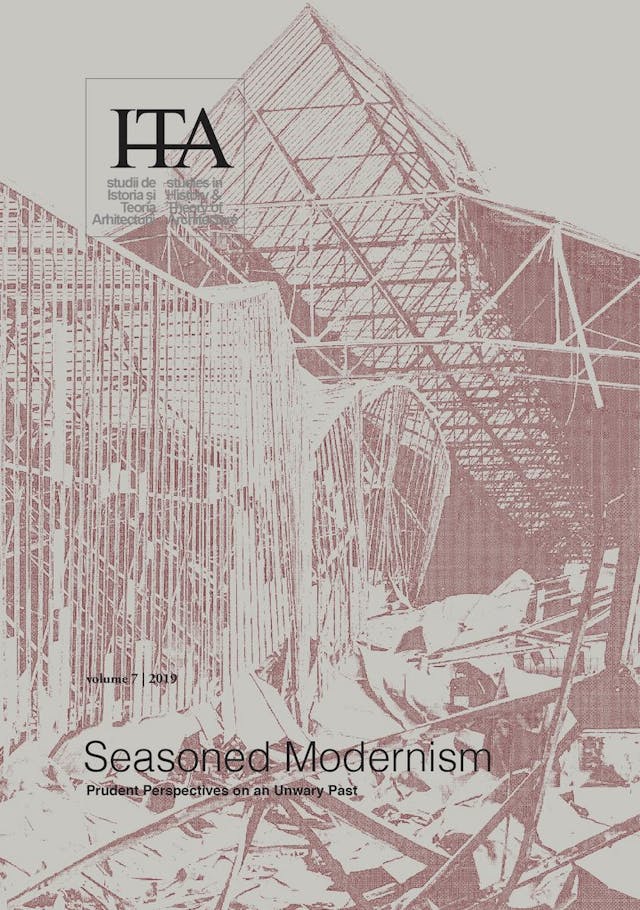Meeting Modernisms in Gdynia
by
Robert Hirsch
,
Ana Maria Zahariade
&
Karol Giełdon
Gdynia is a particular place, where, in less than twenty years, political will and Modernism have transformed a small fishing village into a large modern seaport city – Poland’s “window to the world.” Although it was not the only modernist city built in Europe between the two World Wars,1 Gdynia is exemplary for the “extent to which Modernism was assimilated and absorbed,” reaching a dominant position and determining the face of the city. This makes the city stand out from the rest of Poland.2 In an incredible way, Gdynia’s architecture and planning resisted German occupation, the destructions of the war, successive demographic waves, political changes and the new post-1989 economic pressures. Its inhabitants – including investors, scholars and general public – succeeded in developing a strong community spirit around Modernism, giving rise to strategies of conservation that are carefully integrated into present and future urban policies. Nowadays, the white city of the 1930s became a vivid “platform for Modernism.”
This spirit secured the continuity of many architectural events, among which the International Scientific Conference Modernism in Europe – Modernism in Gdynia stands out as one of the most important in Poland and constitutes a timely occasion to periodically review the state of research on the modernist architectural development of the 20th century, to compare underlaying contexts, and to learn about state-of-the-art approaches to its preservation, as well.
The 7th edition took place in October 2019. On this occasion, professor Robert Hirsch, Head of Municipal Office of Monuments Protection in Gdynia, was kind to summarize for sITA the unique and fast development of this Polish modernist icon – a city aspiring to having its urban core included in the World Heritage List.
Published in

Chicago citation style
DOI:
10.54508/sITA.7.16
1 / 2013
Testing the Physiognomy of the Arhitectura Magazine (1952-1989)2 / 2014
Introduction. Behind the Big Picture2 / 2014
Professor Alifanti’s Notebooks3 / 2015
Introduction. Avatars of an Elusive Concept5 / 2017
Introduction. Opening Limits1 / 2013
Foreword7 / 2019
Introduction. The Historicity of Modernism7 / 2019
Meeting Modernisms in Gdynia8 / 2020
Comment doit-on mesurer l’émotion? An interview with Vlad Gaivoronschi9 / 2021
Low-Rise High-Density “Semi-Collective” Housing. Thoughts, Ideas, and Proposals Over Four Decades10 / 2022
Le Temps Retrouvé10 / 2022
Play Is All about the Interplay of Chance and Rule